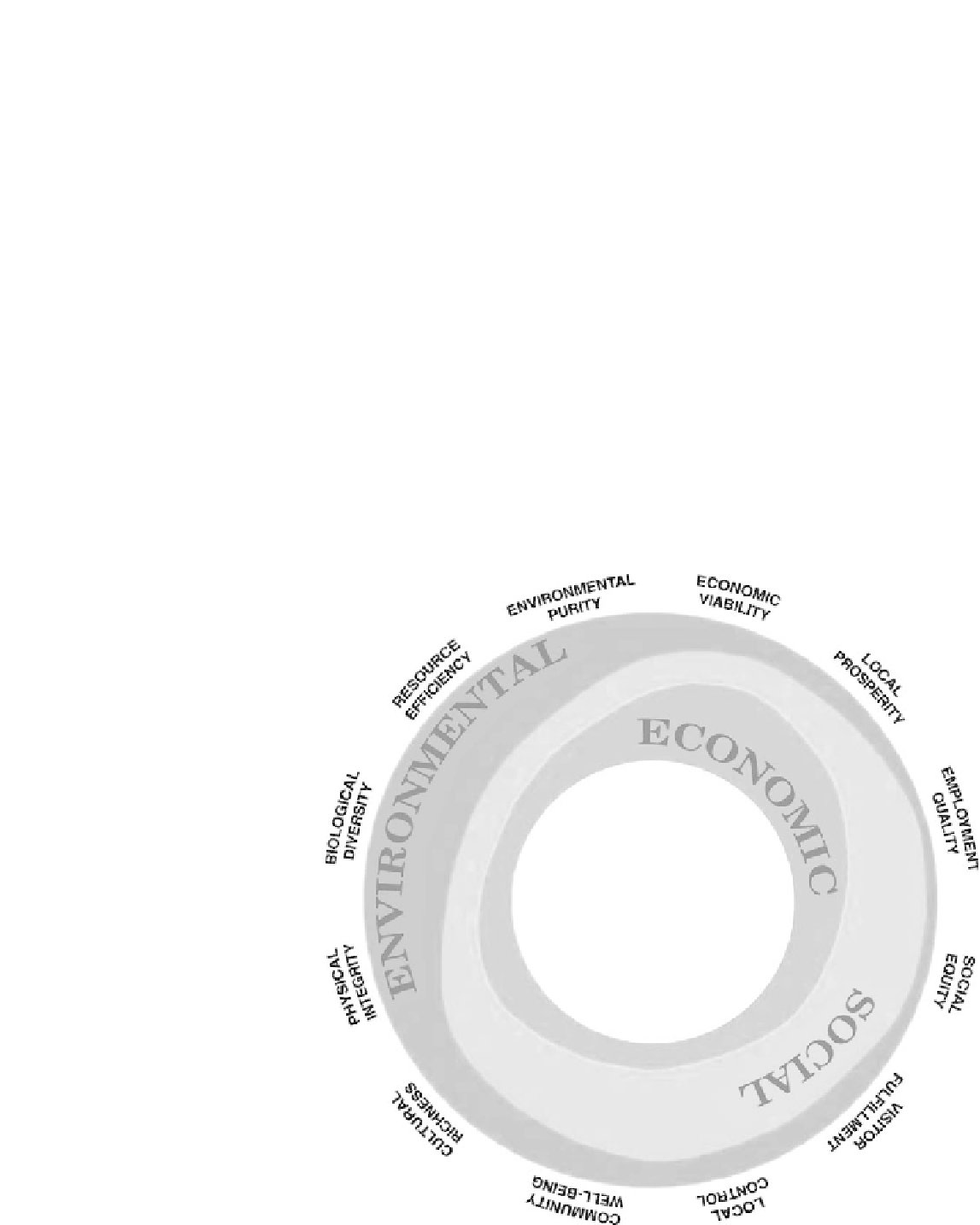Travel Reference
In-Depth Information
6. Local control:
Engage and empower local communities in planning and decision making about
the management and future development of tourism in their area, in consultation with other
stakeholders.
7. Community well-being:
Maintain and strengthen the quality of life in local communities,
including social structures and access to resources, amenities and life support systems, avoiding
any form of social degradation or exploitation.
8. Cultural richness:
Respect and enhance the historic heritage, authentic culture, traditions and
distinctiveness of host communities.
9. Physical integrity:
Maintain and enhance the quality of landscapes, both urban and rural, and
avoid the physical and visual degradation of the environment.
10. Biological diversity:
Support the conservation of natural areas, habitats and wildlife, and
minimize damage to them.
11. Resource ef
ciency:
Minimize the use of scarce and nonrenewable resources in the development
and operation of tourism facilities and services.
12. Environmental purity:
Minimize the pollution of air, water, and land and the generation of waste
by tourism enterprises and visitors.
The reader should note that the order in which these 12 aims are listed does not imply any order of
priority. Each one is equally important. Many of the aims relate to a combination of environmental,
economic, and social issues and impacts, as illustrated by Figure 17.1.
Figure 17.1
Relationship
between the 12 aims and the
3 pillars of sustainability.








Search WWH ::

Custom Search